A New World Record by E.L.O.
Buy A New World Record The sixth overall album for Electric Light Orchestra (E.L.O.), A New World Record would become the band’s breakthrough worldwide. Lead singer, chief songwriter, and producer Jeff Lynne later […]
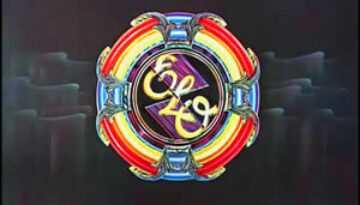
Buy A New World Record The sixth overall album for Electric Light Orchestra (E.L.O.), A New World Record would become the band’s breakthrough worldwide. Lead singer, chief songwriter, and producer Jeff Lynne later […]
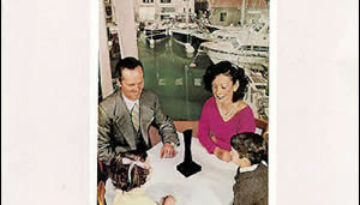
Buy Presence In late 1975, Led Zeppelin had planned a world tour to capitalize of the phenomenal success of their latest album Physical Graffiti. The band was at the absolute zenith of their […]
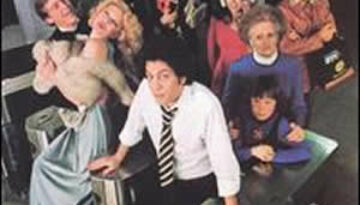
Buy Turnstiles Turnstiles is , in a lot of ways, the “growing up” album for Billy Joel. Even though he was only in his mid twenties at the time of its production (which […]
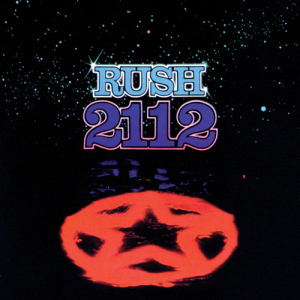
Buy 2112 Convinced that their run at fame was all but over, the members of Rush decided to go out “in a blaze of glory”. They were all very satisfied with the previous […]
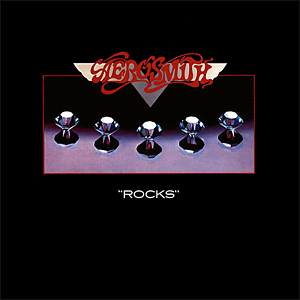
Buy Rocks We commence our look at 1976 with a review of the fourth of four great albums by Aerosmith that launched their career during their classic period of the 1970s. Starting with […]
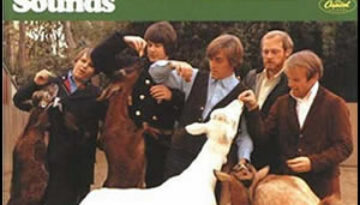
Buy Pet Sounds To this day, The Beach Boys remain the most commercially successful American rock band with 36 Top 40 hits. Most of these hits were scored between 1962 and 1965, when […]
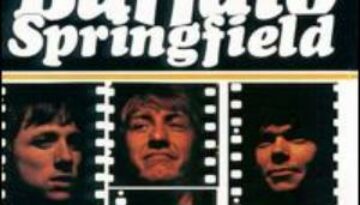
Buy Buffalo Springfield Buffalo Springfield was a very unique rock band. On the one hand, they were loaded with young talent who played together for a very short time in the late sixties […]
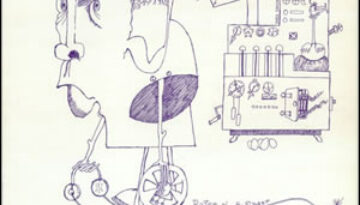
Buy “Roger the Engineer” The Yardbirds put out their strongest album ever in 1966 as well as their only album of all original material. It originally had an eponymous title but has come […]
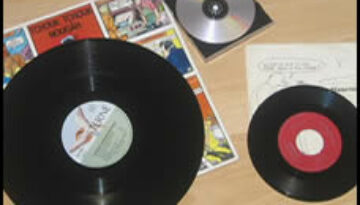
Classic Rock Review is built around the concept of the “album”, which we define as a collection of professionally recorded songs by a single artist published together usually through a single source of […]
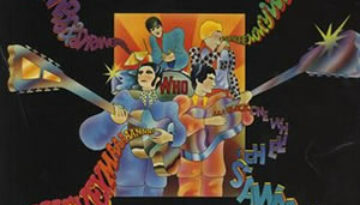
Buy A Quick One The Who‘s second album is widely regarded as the pivotal album for the group due to their rapid departure from the R&B/pop formula featured on the band’s debut, My […]